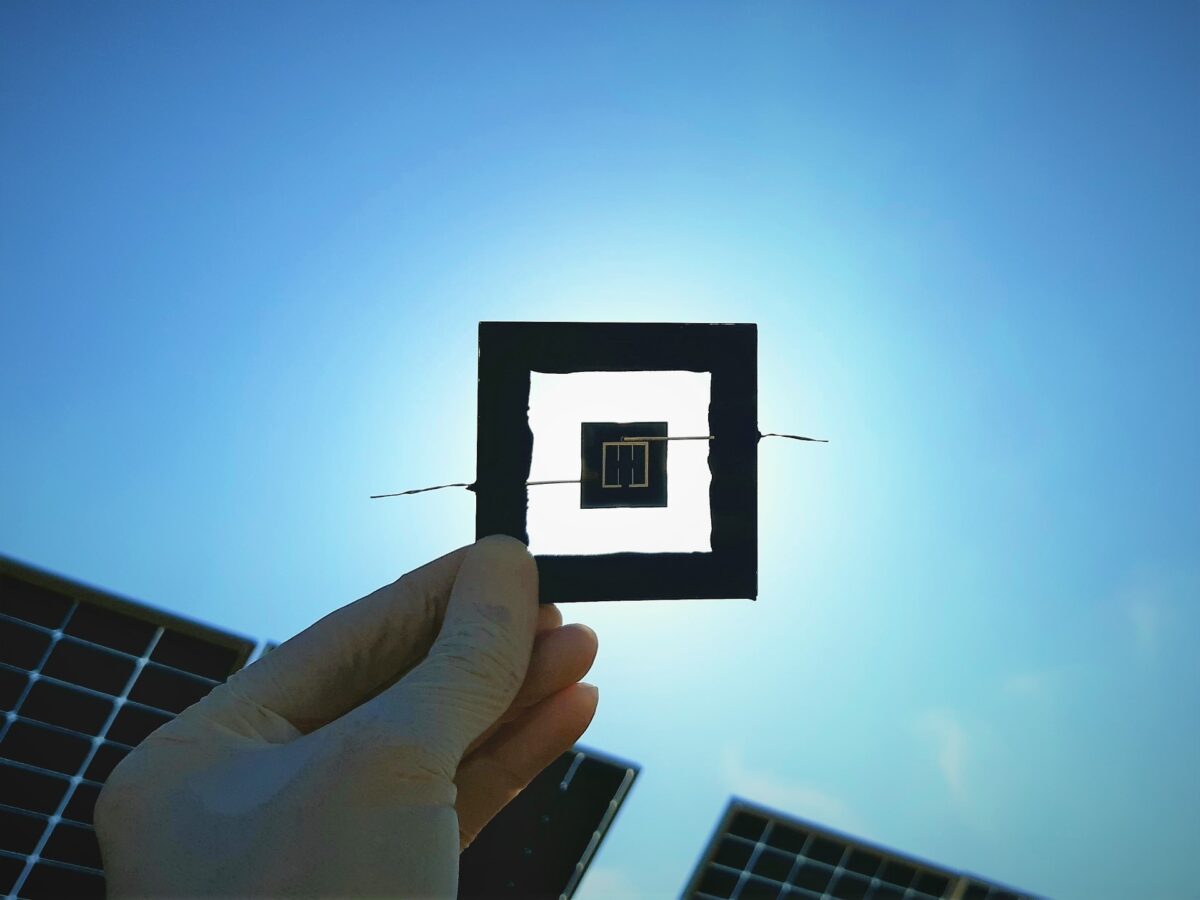Researchers at the King Abdullah University of Science and Technology (KAUST) in Saudi Arabia have investigated whether the temperature coefficient of the short circuit current in perovskite-silicon tandem solar cells could be a proper standard of measurement to analyze their behavior and performance.
“The idea of this short paper was to show that the temperature coefficient of the short circuit current, measured under standard illumination conditions might not well describe the actual operation of tandems,” the research's corresponding author, Maxime Babics, told pv magazine. “Depending on the local spectrum and the temperature range, the current at maximum power (Impp) can increase, decrease or have a mixed behavior. This peculiar effect, well described in this paper, will help the community to better understand their outdoor data as outdoor tandem operation should become more and more common in the next years.”
In the paper “Temperature Coefficients of Perovskite/Silicon Tandem Solar Cells,” published in ACS Energy Letters, the research group showed the results of a series of tests conducted on a 29.0%-efficient tandem perovskite-silicon device at temperatures ranging from 25 C to 65 C. “Our work also opens the discussion on how to best describe the temperature coefficient in perovskite-silicon or perovskite-CIGS tandems, as it is a key metric given in any module datasheet,” Babics stated.
The scientists said they were not able to predict changes in the current of the tandem cells under real outdoor operation as accurately as for single-junction devices.
In particular, they found that factors such as the external quantum efficiency (EQE) of the perovskite subcells, the bandgap of the perovskite, the local solar spectrum, and the operating temperature range are the factors making the assessment of the temperature coefficients critical. “The temperature coefficient of the short circuit current in perovskite-silicon tandem solar cells can be negative, positive, or a mix of both depending on the solar spectrum and operating temperature range,” Babics added.
This content is protected by copyright and may not be reused. If you want to cooperate with us and would like to reuse some of our content, please contact: editors@pv-magazine.com.




1 comment
By submitting this form you agree to pv magazine using your data for the purposes of publishing your comment.
Your personal data will only be disclosed or otherwise transmitted to third parties for the purposes of spam filtering or if this is necessary for technical maintenance of the website. Any other transfer to third parties will not take place unless this is justified on the basis of applicable data protection regulations or if pv magazine is legally obliged to do so.
You may revoke this consent at any time with effect for the future, in which case your personal data will be deleted immediately. Otherwise, your data will be deleted if pv magazine has processed your request or the purpose of data storage is fulfilled.
Further information on data privacy can be found in our Data Protection Policy.